Code
HCS15769
Weight
400 gm / 0.88 lbs
Size
Height
12cm (5") Width
8cm (3") Depth
15cm (6") Material
Copper
Availability
Available
Date Added
2018-10-03 13:58:27
Note : We used to sell this product 7 years ago so it may no longer be in our stock.
It is possible that we still have it with our suppliers but the price could be different from before.
Feel free to order. We will verify availability and inform you promptly.
It is possible that we still have it with our suppliers but the price could be different from before.
Feel free to order. We will verify availability and inform you promptly.

Safe Payment
We accept Paypal, Money Transfer, Bank Transfer
Confidence
Protection covers your purchase and personal data.
Worldwide Delivery
We ship Worldwide, except Russia.Shipping cost US$25.2 for upto 0.5 kgs

Hotline
Talk to help line for your question on 9841267335About Chocolate Oxidized
This Statue Of Dorje Lagpa Chocolates Oxidation has been meticulously treated with a chocolate color antique patina. The intention behind this patina is to replicate the appearance of a copper statue that has gracefully aged over a century. Unlike a simple coat of paint, this patina is not applied superficially and is designed to endure. It undergoes an artificial oxidation process that adds depth and character, while also serving as a protective layer against natural oxidation.
By imitating the natural aging process, the chocolate color antique patina lends an air of authenticity and vintage charm to the Statue Of Dorje Lagpa Chocolates Oxidation. This carefully crafted finish ensures that the patina remains intact for an extended period, offering longevity and resistance to wear. The result is a unique piece that captures the essence of a time-worn copper statue, evoking a sense of history and artistic heritage.
This Statue Of Dorje Lagpa Chocolates Oxidation has been meticulously treated with a chocolate color antique patina. The intention behind this patina is to replicate the appearance of a copper statue that has gracefully aged over a century. Unlike a simple coat of paint, this patina is not applied superficially and is designed to endure. It undergoes an artificial oxidation process that adds depth and character, while also serving as a protective layer against natural oxidation.
By imitating the natural aging process, the chocolate color antique patina lends an air of authenticity and vintage charm to the Statue Of Dorje Lagpa Chocolates Oxidation. This carefully crafted finish ensures that the patina remains intact for an extended period, offering longevity and resistance to wear. The result is a unique piece that captures the essence of a time-worn copper statue, evoking a sense of history and artistic heritage.
Ceramic Molding System
The Statue Of Dorje Lagpa Chocolates Oxidation has been crafted using the Ceramic mold casting process, a modern approach that provides an alternative to traditional methods such as the lost-wax system or rubber molding. Also referred to as ceramic molding, this technique involves the creation of a ceramic mold to cast the statue. The process begins by making a precise and detailed wax model of the desired sculpture. The wax model is then coated with layers of ceramic material, creating a sturdy mold. Once the mold is complete, it is fired in a kiln, causing the wax to melt and escape, leaving behind a cavity that perfectly replicates the original sculpture. Molten metal is then poured into the mold, allowing it to fill the cavity and take on the desired form. Once cooled and solidified, the ceramic mold is carefully broken away, revealing the final metal statue. Read More . . .
The Statue Of Dorje Lagpa Chocolates Oxidation has been crafted using the Ceramic mold casting process, a modern approach that provides an alternative to traditional methods such as the lost-wax system or rubber molding. Also referred to as ceramic molding, this technique involves the creation of a ceramic mold to cast the statue. The process begins by making a precise and detailed wax model of the desired sculpture. The wax model is then coated with layers of ceramic material, creating a sturdy mold. Once the mold is complete, it is fired in a kiln, causing the wax to melt and escape, leaving behind a cavity that perfectly replicates the original sculpture. Molten metal is then poured into the mold, allowing it to fill the cavity and take on the desired form. Once cooled and solidified, the ceramic mold is carefully broken away, revealing the final metal statue. Read More . . .
About Dorje Legpa :
Damchan Dorje Legpa means 'oath-bound Benign Thunderbolt'. His feet are naked and he wears his hair in a yogi's topknot wrapped around a nine-prong vajra. He wears the blue gown of the tantrika and he is the colour of Dorje Trollo, the form of Padmakara who subdued him to the service of Dharma.
This form where Dorje legpa is seen riding a snow lion is a 'majestic yogi form who rides the vast tracks of sky beyond the mountain peaks. The snow lion represents youthful energy , a type of power which is enlivened by humour. The humour of the snow lion is the non dual humour which transcends seriousness and non-seriousness. There is a wide awake, wide open, wide-eyed quality to the youthful 'emotional astuteness' of the snow lion. The snow lion carries Dorje Legpa on her back in a graceful yet precise manner, not needing to be 'swift to the kil with regard to tracking down our deviousness with regard to our vows. The snow lion mount, simply allows Dorje Legpa the space of vajra humour in which all deviations are hoist on their respected petards. Neuroses simply run from the gaze of the Dorje Legpa and his snow lion until they exhaust themselves. This is their field of power.
History of Dorje Lagpa :This form where Dorje legpa is seen riding a snow lion is a 'majestic yogi form who rides the vast tracks of sky beyond the mountain peaks. The snow lion represents youthful energy , a type of power which is enlivened by humour. The humour of the snow lion is the non dual humour which transcends seriousness and non-seriousness. There is a wide awake, wide open, wide-eyed quality to the youthful 'emotional astuteness' of the snow lion. The snow lion carries Dorje Legpa on her back in a graceful yet precise manner, not needing to be 'swift to the kil with regard to tracking down our deviousness with regard to our vows. The snow lion mount, simply allows Dorje Legpa the space of vajra humour in which all deviations are hoist on their respected petards. Neuroses simply run from the gaze of the Dorje Legpa and his snow lion until they exhaust themselves. This is their field of power.
Like other important Nyingma protectors, there is a wealth of treasure literature on Dorje Lekpa's (Skt. Vajra Sadhu) origins and characteristics, much of it contradictory. However, the following essay will attempt to collate the various myths of Dorje Lekpa, based on the terma sources quoted in the 1734 "Biographies of the Ocean of Oath-Bound Protectors," written by Lelung Zhepe Dorje (1697-1740). According to Lelung's sources, Dorje Lekpa is an emanation of Padma Heruka, the king of the tsen spirits, and ruler over heaven and earth in the western direction. In one telling of his immediately preceding life, Dorje Lekpa was a lay follower of the Buddha Dipankara, named Shritala. However, Shritala fell from the path of righteousness when he stole a neighbor's goat. He took the goat to a charnel ground where he killed and ate it, and dressed himself in its skin. Living in the charnel grounds, Shritala began to murder men and have licentious sex with many different women there. One day, however, he happened to eat the poisoned flesh of a deer, and died.
Myth of Dorje Lagpa :According to another telling of the origin myth, in his previous life Dorje Lekpa was Putapa, son of brahmin parents. He became a monk at twelve, and is said to have completed his monastic training in just three years. Then, at age eighteen, he is said to have completely abandoned his home and gone to dwell in ascetic retreat in the charnel ground Cool Grove in a hut made of kusha grass. Gradually a rumor spread about Putapa that he was engaging in improper practices, and he became known as Siddha of Evil Mantras. The local king heard these rumors and feared the practice of evil mantras would undermine his rule, so he sent his ministers to kill Putapa. The minister went to Cool Grove and questioned the ascetic, but Putapa denied practicing evil mantras and swore he dwelt in wholesome discipline only. Nevertheless, the ministers burned him alive inside his grass hut. Before he died, Putapa swore to be reborn as the son of a yaksha demon, to have immense power in the world, to be able to cast down lightning and hail, and to have power over the life-breath of all living beings.
Right after this, to the northwest of Mount Meru, a mu demon who was the embodiment of hatred, and a female mara who was the embodiment of lust, had sex. Seven months later on the first day of the last winter month of a tiger year, the mother produced an iron placental sack which fell at the base of a poison tree. When the mu father picked it up and looked inside, he saw a single child made out of iron, who immediately flew up to Mount Meru and reduced the four continents of our world system to ash. He bound the gods and demons who lived on Meru under his power. The lords of the mu, za, naga, and tsen demons all offered him their life essence. With these four as his retinue, the iron child began harming all living beings. Angered that they could not control him, the parents prayed that he would be enslaved by an "even greater power....from the realm of space." And so he apparently was, though no specific subjugating deity is mentioned in this account.
In another version of the myth of Dorje Lekpa's birth, Shri Heruka, in the form of a rakshasa, and Krodhishvari, in the form of a rakshasi, produced five daughters. The eldest of these mated with the king of the maras, and from their union was born Dorje Lekpa on the seventeenth day of the twelfth month. His mother urged him to eat the hearts of tigers, goats, and cats, and to protect the teachings of Shri Heruka. Because the boy had a birthmark in the shape of a vajra at his heart, he was determined to be part of the Vajra Buddha Family, and consequently received empowerment by Vajrapani. It is said that he was enthroned as the great yaksha that has power over our world system until the teachings of 5,000 buddhas disappear.
In yet another version of the myth, the "Ten Chapter Tantra of Dorje Lekpa Garwa Nagpo," the deity's parents were a cat-headed rakshasa and a monkey-headed female mara. They lived in a cube-shaped stone castle in a city of yamas in India. It was surrounded by swirling dust storms, whirling sword-blades, blazing fire, lightening, thunder, and hail. The rakshasa and mara lived there, eating the flesh and blood of sentient beings and having sex. From their union came five children. The main one was born with the head of a wolf and he had four siblings that had the teeth of tigers, lions, and jackals, claws like vulture talons, and the horns of scorpions. They were black demons of the charnel ground that attacked the life-force of all living things.
One day, the wolf-headed demon killed a goat that belonged to the sage Tramena. Tramena went to the Buddha and told him that there was a terrible hungry ghost that was preying on the beings of the three worlds, and needed to be subdued, which he promptly was by Vajrapani. Another source asserts that Dorje Lekpa manifested as an iron hawk to kill beings in the sky, an iron wolf to kill those on earth, and a solitary iron man who caused much injury and violence. This being angered Hayagriva who promptly split his head into pieces, before resurrecting and empowering him as the lord of the gods and demons who arise from the eight classes of consciousness.
Also, according to the "Ten Chapter Tantra," Dorje Lekpa took on different deity forms in each of the different realms of rebirth. He was born first as "All-Joyful" the king of the wealth gods. Then he was born as an asura lord of death who had a rat's head, took cat hearts as offerings, and made weapons, called Garwa Nagpo, or "Black Ironsmith." He was also born as the son of the King of Lanka, and named "Tiger Tamer," who took tiger hearts as offerings. Born as animal, he was called "Blue Iron Wolf," a wolf who killed flocks of goats to eat. As this deity he received goat hearts as offerings. As a hungry ghost, he was a tsen who lived in a maroon-colored castle in a rocky crag.
Right after this, to the northwest of Mount Meru, a mu demon who was the embodiment of hatred, and a female mara who was the embodiment of lust, had sex. Seven months later on the first day of the last winter month of a tiger year, the mother produced an iron placental sack which fell at the base of a poison tree. When the mu father picked it up and looked inside, he saw a single child made out of iron, who immediately flew up to Mount Meru and reduced the four continents of our world system to ash. He bound the gods and demons who lived on Meru under his power. The lords of the mu, za, naga, and tsen demons all offered him their life essence. With these four as his retinue, the iron child began harming all living beings. Angered that they could not control him, the parents prayed that he would be enslaved by an "even greater power....from the realm of space." And so he apparently was, though no specific subjugating deity is mentioned in this account.
In another version of the myth of Dorje Lekpa's birth, Shri Heruka, in the form of a rakshasa, and Krodhishvari, in the form of a rakshasi, produced five daughters. The eldest of these mated with the king of the maras, and from their union was born Dorje Lekpa on the seventeenth day of the twelfth month. His mother urged him to eat the hearts of tigers, goats, and cats, and to protect the teachings of Shri Heruka. Because the boy had a birthmark in the shape of a vajra at his heart, he was determined to be part of the Vajra Buddha Family, and consequently received empowerment by Vajrapani. It is said that he was enthroned as the great yaksha that has power over our world system until the teachings of 5,000 buddhas disappear.
In yet another version of the myth, the "Ten Chapter Tantra of Dorje Lekpa Garwa Nagpo," the deity's parents were a cat-headed rakshasa and a monkey-headed female mara. They lived in a cube-shaped stone castle in a city of yamas in India. It was surrounded by swirling dust storms, whirling sword-blades, blazing fire, lightening, thunder, and hail. The rakshasa and mara lived there, eating the flesh and blood of sentient beings and having sex. From their union came five children. The main one was born with the head of a wolf and he had four siblings that had the teeth of tigers, lions, and jackals, claws like vulture talons, and the horns of scorpions. They were black demons of the charnel ground that attacked the life-force of all living things.
One day, the wolf-headed demon killed a goat that belonged to the sage Tramena. Tramena went to the Buddha and told him that there was a terrible hungry ghost that was preying on the beings of the three worlds, and needed to be subdued, which he promptly was by Vajrapani. Another source asserts that Dorje Lekpa manifested as an iron hawk to kill beings in the sky, an iron wolf to kill those on earth, and a solitary iron man who caused much injury and violence. This being angered Hayagriva who promptly split his head into pieces, before resurrecting and empowering him as the lord of the gods and demons who arise from the eight classes of consciousness.
Also, according to the "Ten Chapter Tantra," Dorje Lekpa took on different deity forms in each of the different realms of rebirth. He was born first as "All-Joyful" the king of the wealth gods. Then he was born as an asura lord of death who had a rat's head, took cat hearts as offerings, and made weapons, called Garwa Nagpo, or "Black Ironsmith." He was also born as the son of the King of Lanka, and named "Tiger Tamer," who took tiger hearts as offerings. Born as animal, he was called "Blue Iron Wolf," a wolf who killed flocks of goats to eat. As this deity he received goat hearts as offerings. As a hungry ghost, he was a tsen who lived in a maroon-colored castle in a rocky crag.



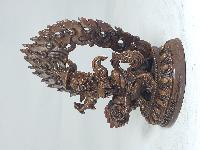
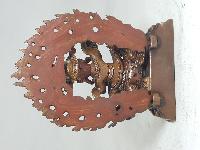


 of Amitayus, Aparimita,
of Amitayus, Aparimita, 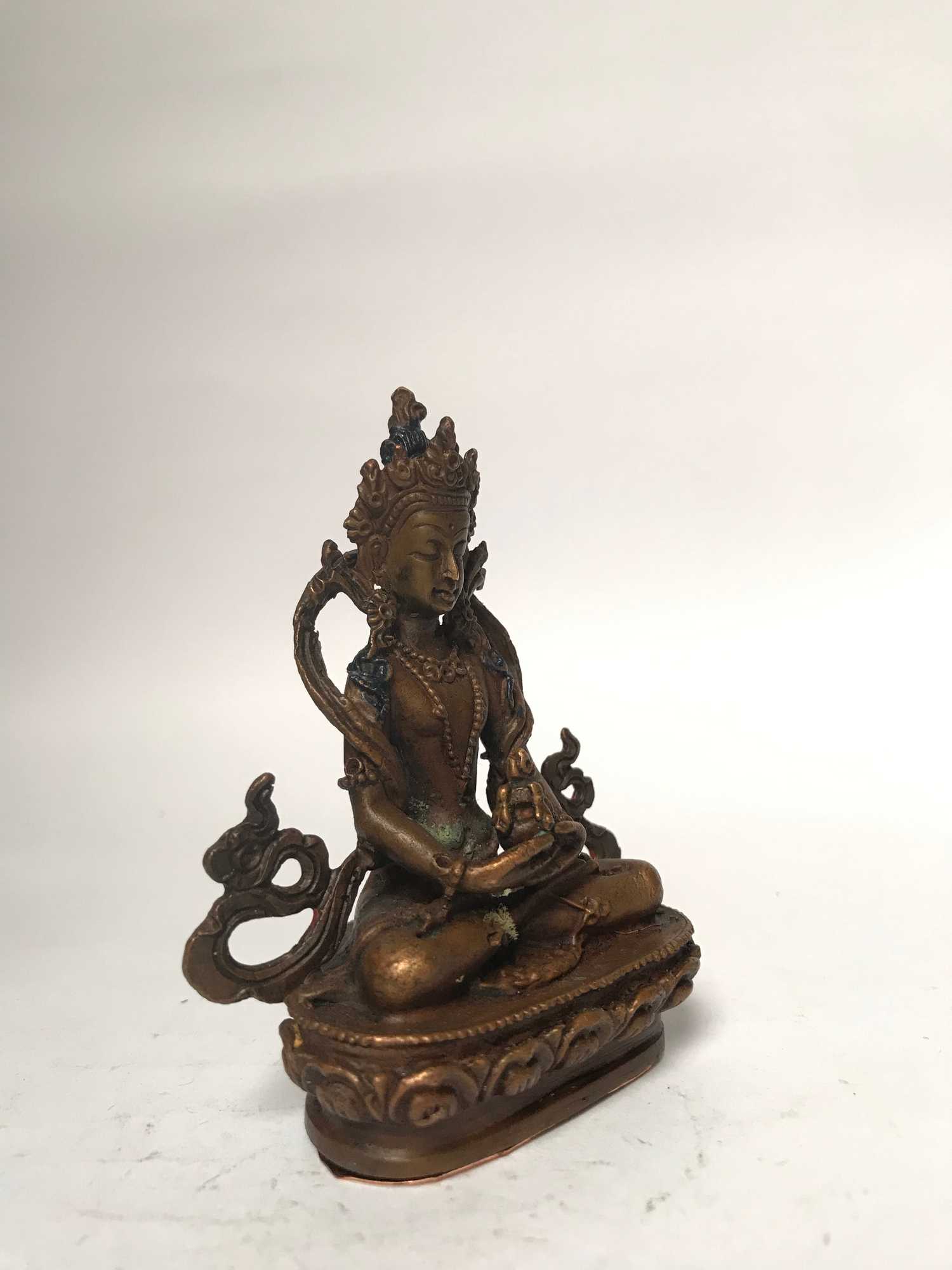 of Amitayus, Aparimita,
of Amitayus, Aparimita, 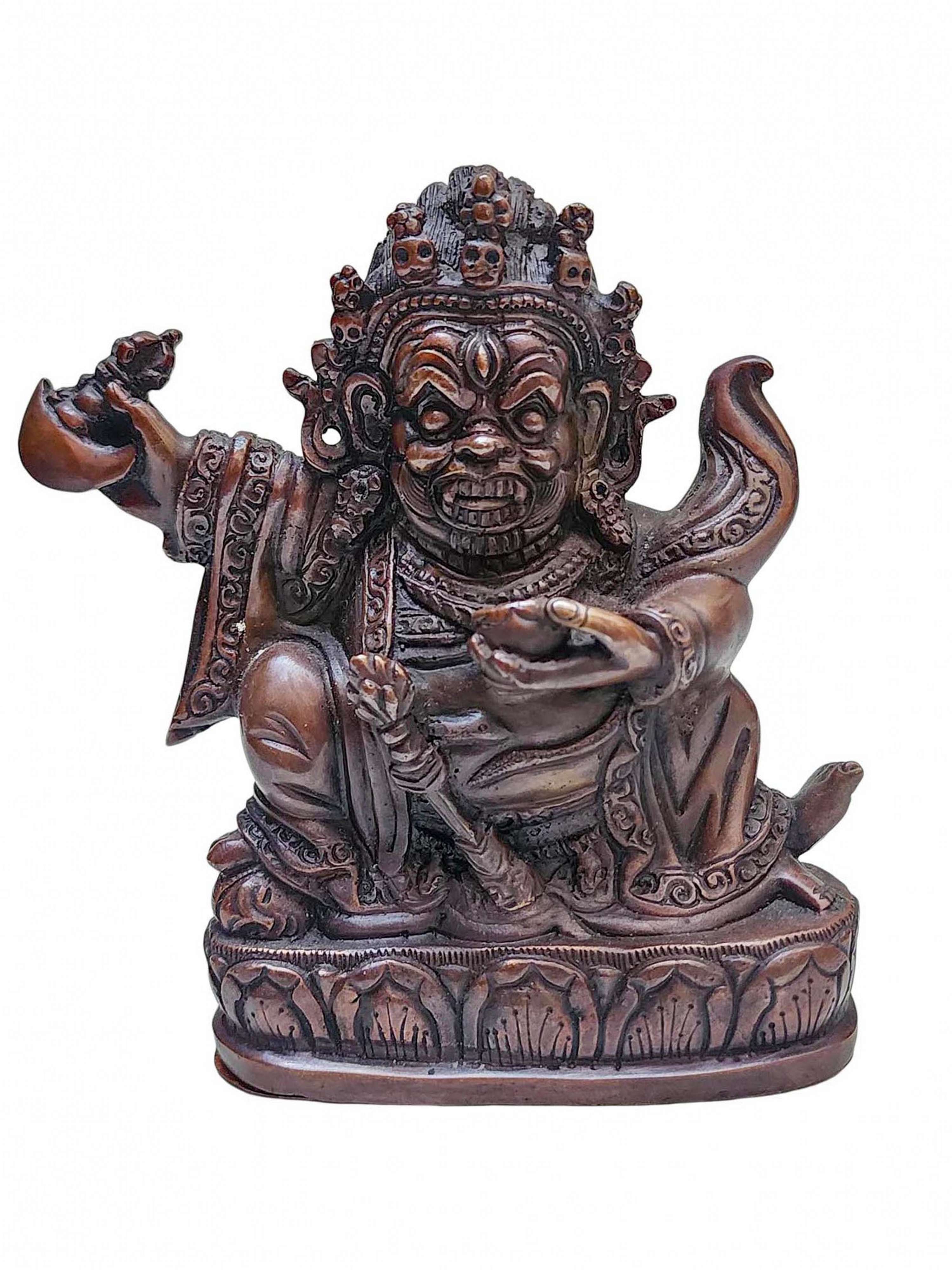 Mahakala Panjaranatha, Mahakala 2 Arms, Buddhist Statue,
Mahakala Panjaranatha, Mahakala 2 Arms, Buddhist Statue, 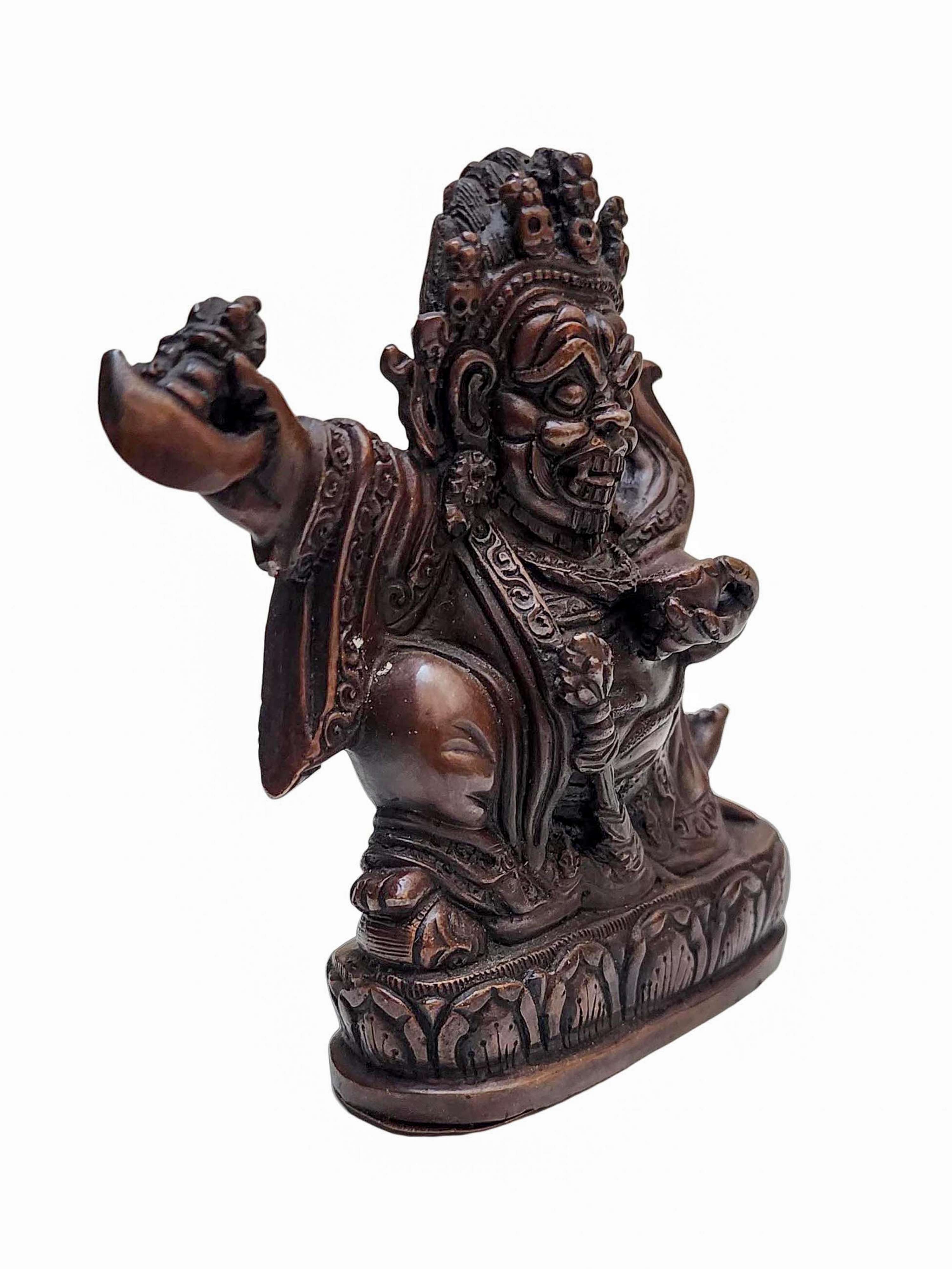 Mahakala Panjaranatha, Mahakala 2 Arms, Buddhist Statue,
Mahakala Panjaranatha, Mahakala 2 Arms, Buddhist Statue,  of Medicine Buddha,
of Medicine Buddha,  of Medicine Buddha,
of Medicine Buddha,  of Ekajata,
of Ekajata, 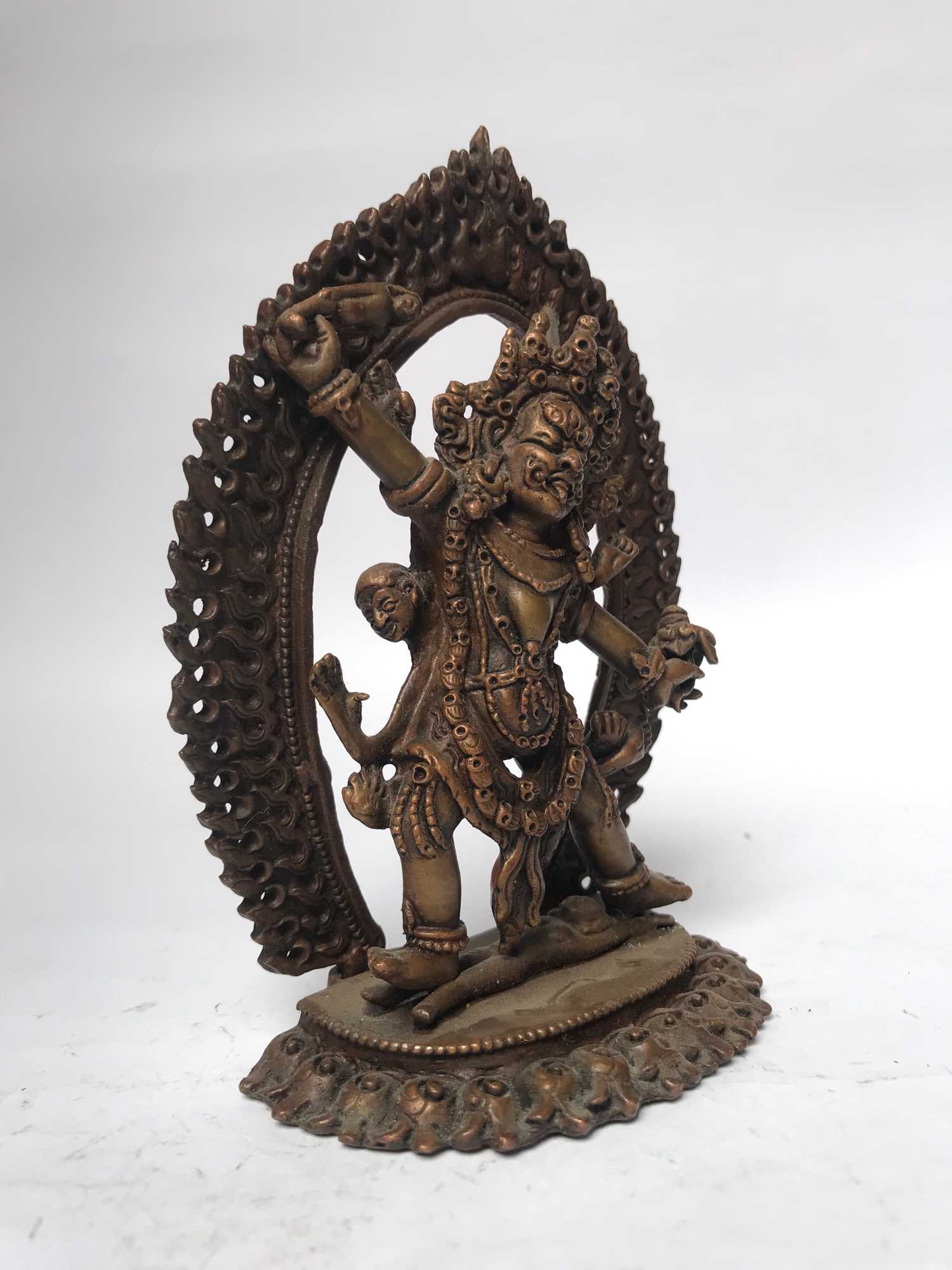 of Ekajata,
of Ekajata,  of White Tara,
of White Tara, 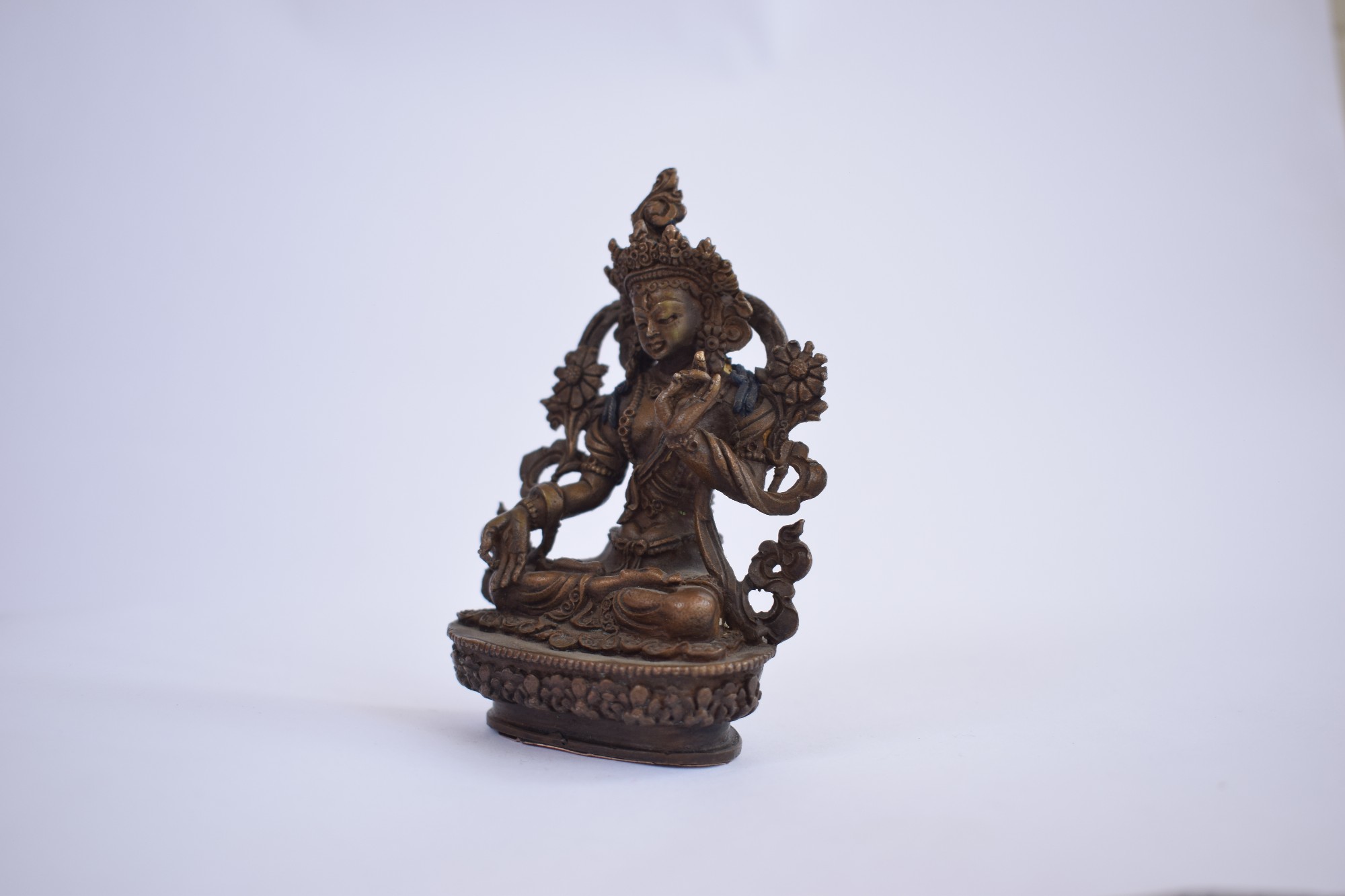 of White Tara,
of White Tara,  of Green Tara, On Double Lotus Base
of Green Tara, On Double Lotus Base 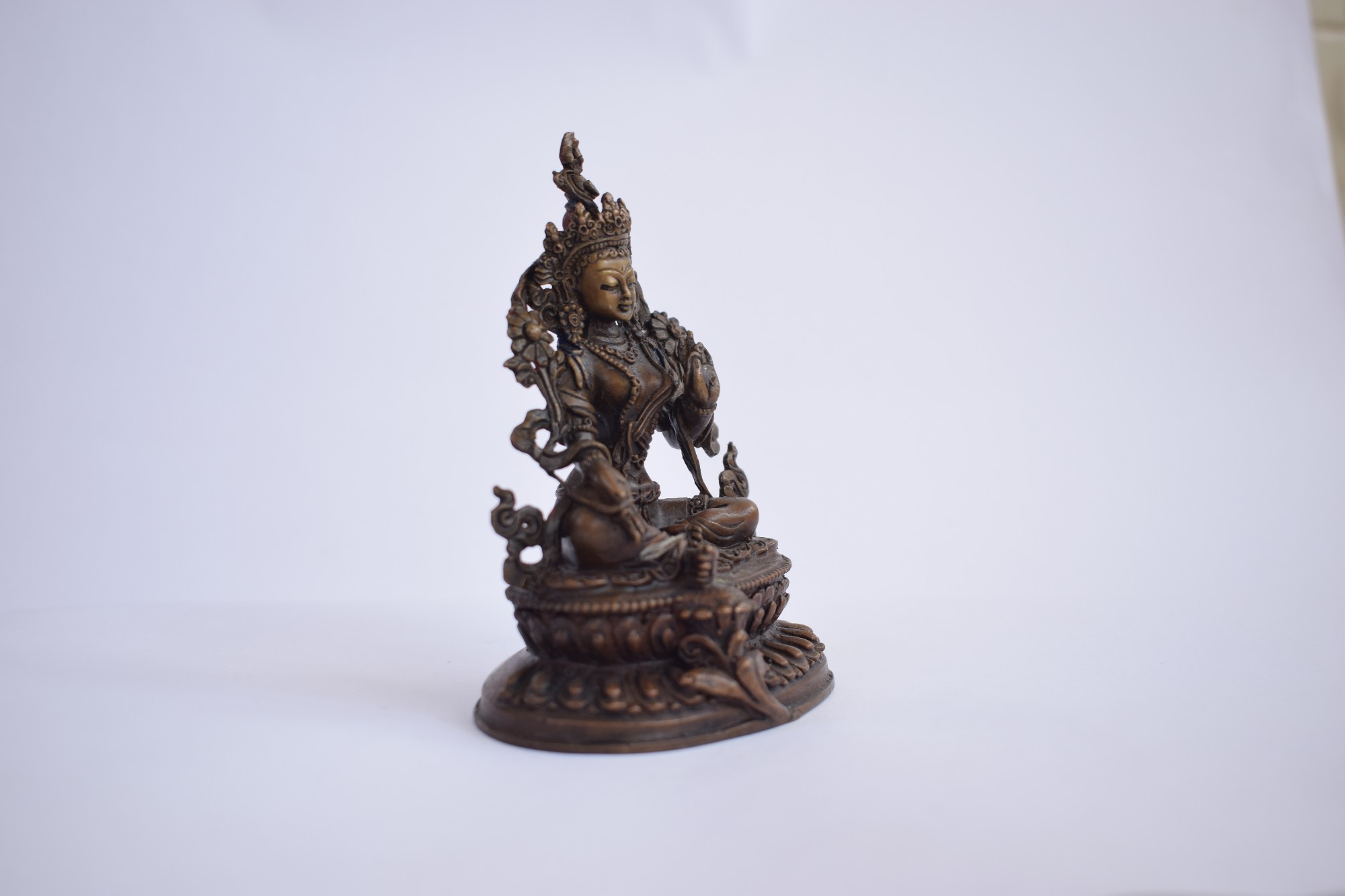 of Green Tara, On Double Lotus Base
of Green Tara, On Double Lotus Base  of White Tara,
of White Tara,  of White Tara,
of White Tara,  Hq, Statue
Hq, Statue 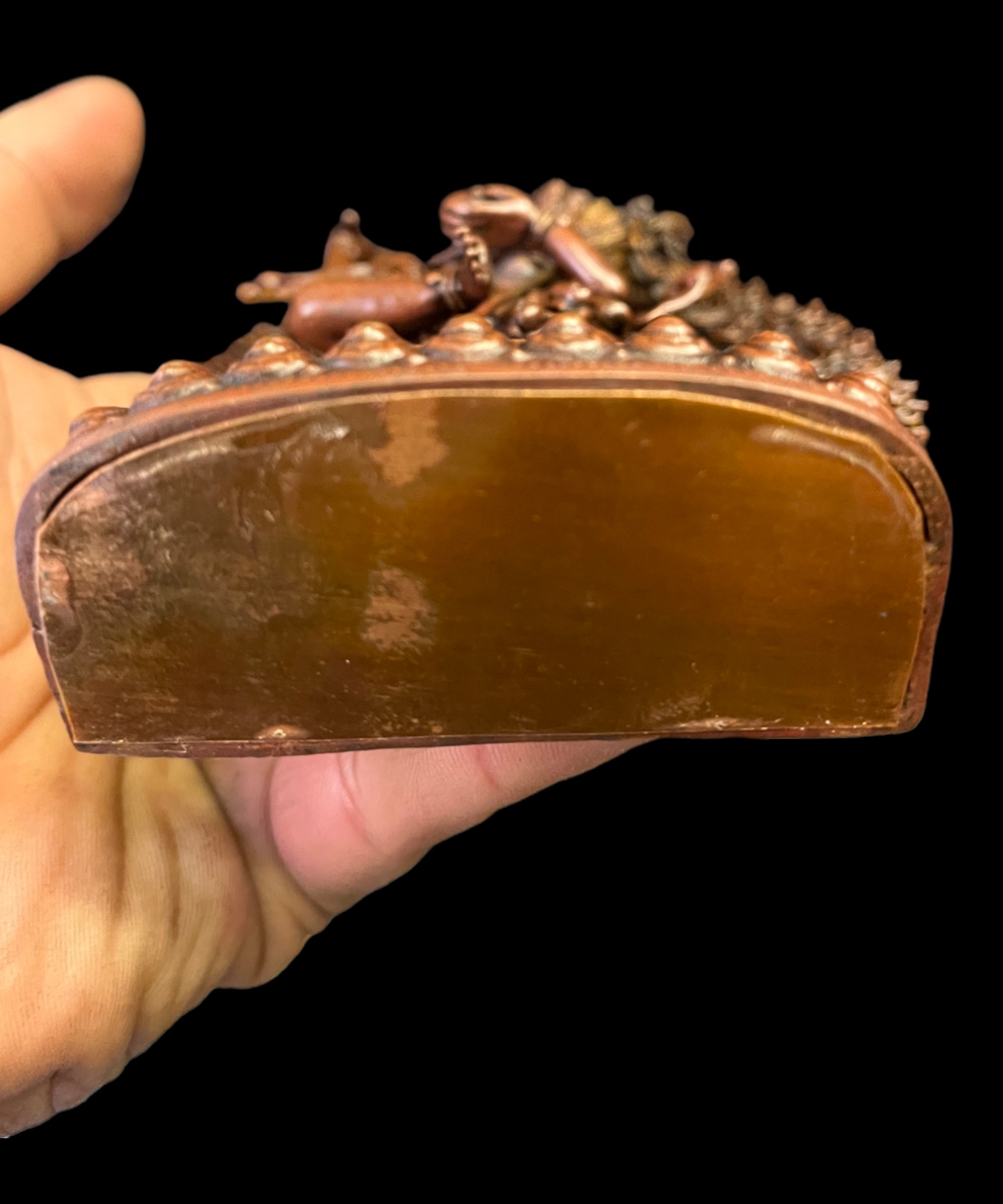 Hq, Statue
Hq, Statue  Chocolate Oxidized" title="Green Tara, Buddhist Miniature Statue,
Chocolate Oxidized" title="Green Tara, Buddhist Miniature Statue, 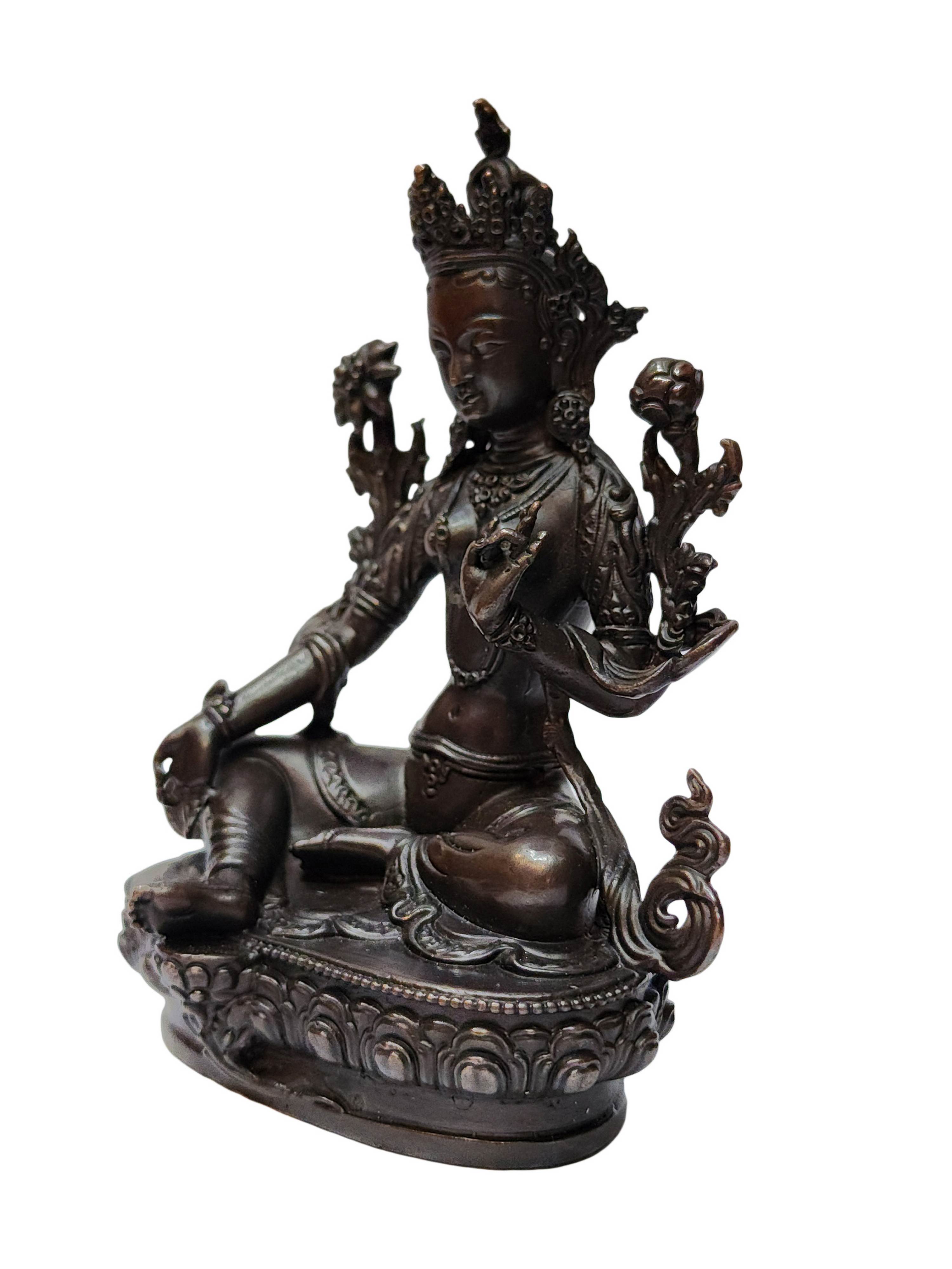 Chocolate Oxidized" title="Green Tara, Buddhist Miniature Statue,
Chocolate Oxidized" title="Green Tara, Buddhist Miniature Statue, 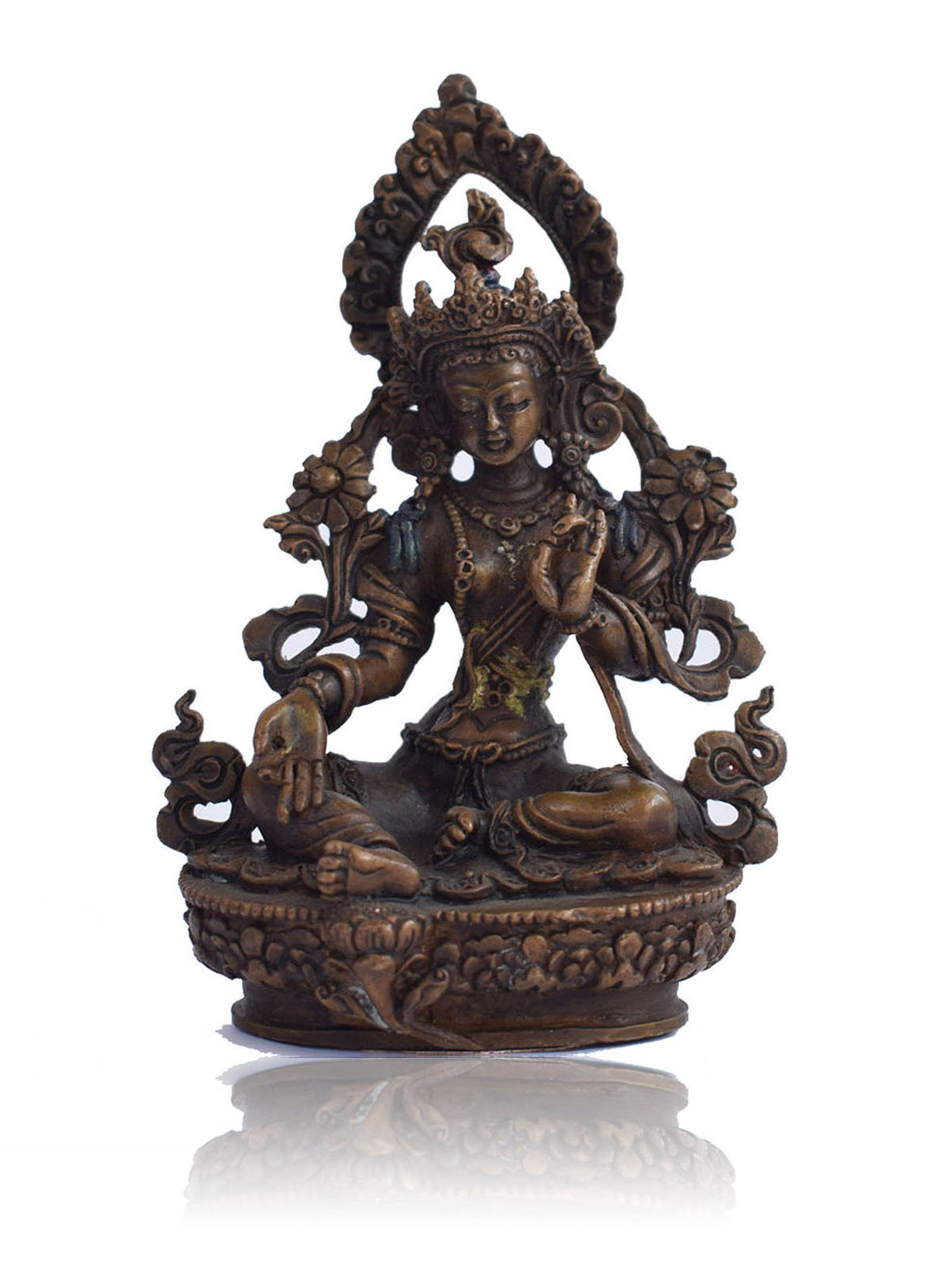 of Green Tara,
of Green Tara, 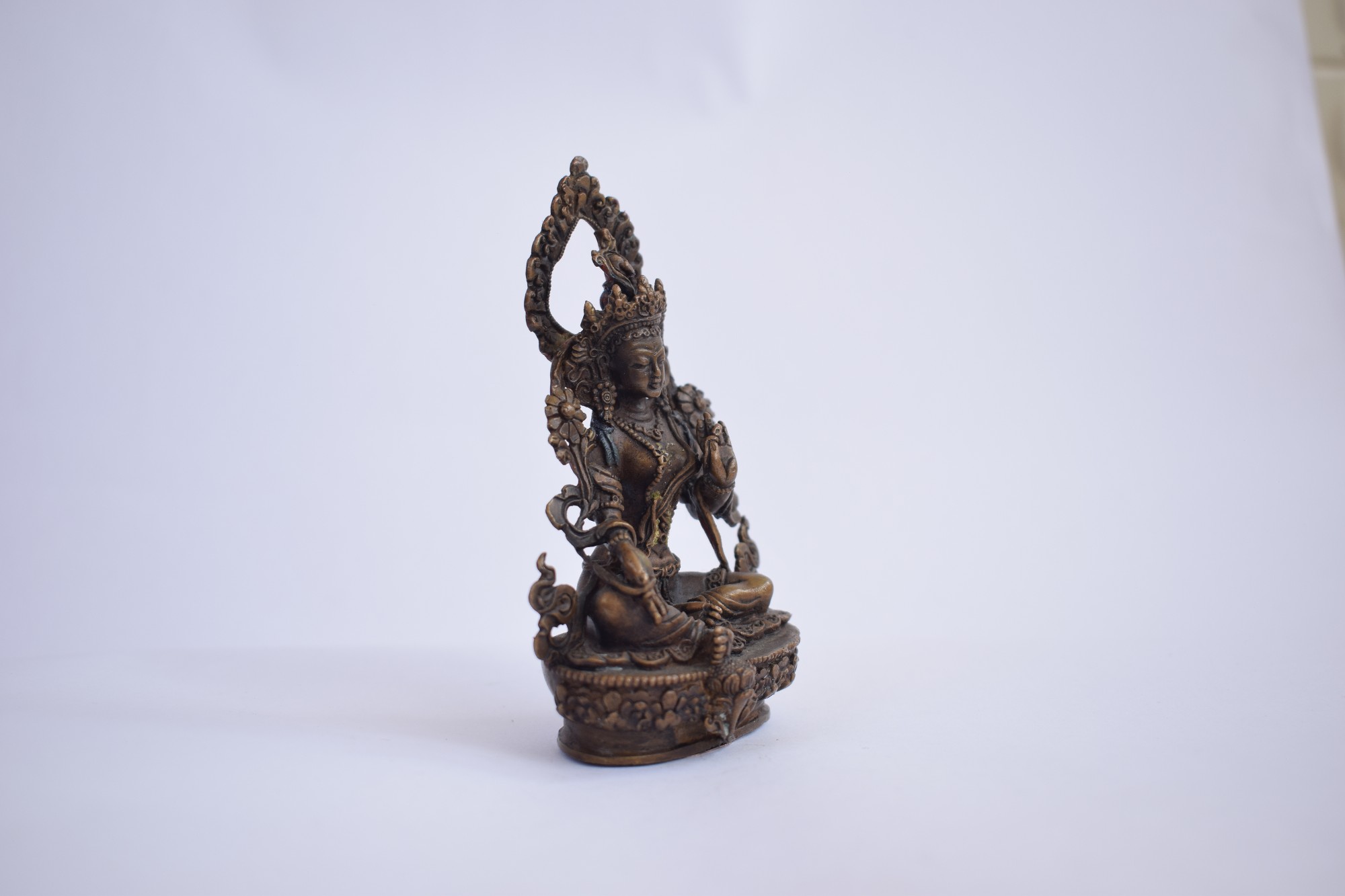 of Green Tara,
of Green Tara,